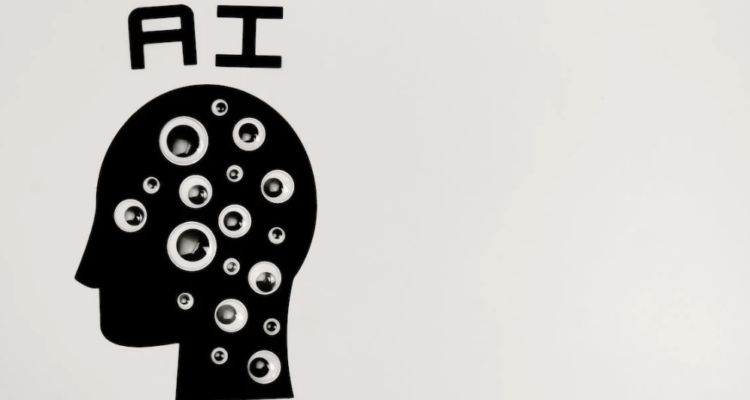Throughout the first part of the school year, we’ve seen many discussions regarding artificial intelligence hosted around campus. AI, made popular by its convenience and controversies, has the potential to alter the way many fields of work operate—healthcare, business and of course, the arts. On Oct. 11, Fairfield University hosted ‘AIsperation: Reimagining the Humanities and Arts with Generative AI’. The two panelists were Jeannie Joshi, who works in visual design, and Jonathan Soma, a professor at Columbia Journalism School.
Joshi presented first, discussing how AI has already begun to alter many fields of work. Despite plenty of backlash regarding AI’s abilities in creative fields, especially visual art, Joshi had praise for its uses in the art world. She finds that balance and adaptation are essential for making AI fit into our working fields.
Joshi herself has been exploring the many uses of AI, using prompts to have AI generate art. She’s noticed that the prompts a user inputs into the AI generator influence the overall quality of what’s generated and has worked to discover the most effective prompts for visual art. She even noted that prompts bring up their own form of plagiarism, as prompts can be stolen and used to create the same, or very similar, artwork.
Additionally, Joshi spoke on AI in the educational world (She is also a professor and has experience with AI and education). She’s found that since AI already exists and already is used, there’s not much one can do to completely ban it. Rather, we must adapt to it, including AI in syllabi and having both teaching and learning evolve to fit AI. Ultimately, Joshi has found that artificial intelligence and human intelligence are compatible.
Soma presented next, focusing on AI in the world of digital journalism. Before he got into it, he discussed human emotions in terms of new technologies. He’s found that people are typically wary of new technology before eventually coming to terms with its existence and feeling comfortable and confident with its purpose in their given field of work. Soma pointed out that we already use tools like Google to find the most efficient way to do something. By trial and error, we then figure out what’s most effective. Soma says AI does the trial and error part for us through statistical probability. Based on how many times an answer has been used for a question, AI generates a list of what the most effective answers are for your question.
Soma also talked a lot about how to use AI in the best possible ways. He made an example of using AI to generate headlines for a news article. What Soma recommends is asking for multiple headlines; he recommends five instead of just one. According to Soma, AI is a collaborative model, which connects back to Joshi’s earlier statement about AI and human intelligence complementing each other. For the headlines, you might work with your editor or another writer to come up with something good. So, isn’t AI just something else to collaborate with?
Lastly, Soma recommends exploring what AI has to offer. He treats it as another tool one has to learn different skills for and has created a website that instructs users on how to use AI in the best possible way. His website includes countless tweets and articles about AI, and it’s a great resource for those who want to learn more.
The presentation was incredibly informative, especially as someone who’s really only heard the negative side of artificial intelligence. For the most part, I’ve heard writers and artists warn others about the dangers of AI, especially in terms of taking away creative jobs, and I’ve heard teachers, rightfully so, fearing plagiarism in their classes. So, it was very eye-opening to hear these alternate perspectives. If you’re curious about AI and want to attend a presentation like this one, keep an eye out on Life@Fairfield for information—there will be another in the spring semester!


Leave a Reply